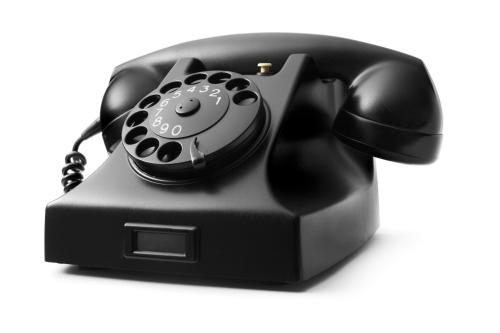Before finding out who invented it, how could we define Wi-Fi?
Wi-Fi: what is it?
By Wi-Fi, we mean a wireless connection system that allows electronic devices to access the Internet in a given area.
An interesting fact about Wi-Fi is that we are dealing with a word that the RAE (Royal Spanish Academy) includes in its dictionary, but which comes from a commercial brand: Wi-Fi. This is an issue which, although not unique, is certainly a minority one in Spanish, other examples being aspirin, cellophane, tissues, jacuzzi, thermos, correction tape, petroleum jelly or Velcro.
A trademark that was launched in 1999 by the WECA consortium – renamed in 2002 as the Wi-Fi Alliance – which commissioned a company to create a simple name and logo to designate the system they were marketing.
A name that comes from wireless and fidelity – wireless fidelity – and that generated an acronym inspired by Hi-Fi, which defined the high fidelity (or high fidelity) of high-capacity audio systems.
Actress and inventor: the Hollywood star associated with Wi-Fi
What does a Hollywood star from the golden age of cinema have to do with Wi-Fi? Well, a lot. So much so that Inventor’s Day is even celebrated annually on 9 November to commemorate the birth of this actress.
We are talking about the Austrian Hedy Lamarr (1914-2000) who, in addition to standing out in her artistic facet, invented with the American pianist and painter George Antheil a first version of the spread spectrum, a technology at the base of long-distance communications and with applications in Wi-Fi, Bluetooth or GPS.
Like Ada Lovelace – the first programmer in history – or Marie Curie – the first person to receive the Nobel Prize in two different categories: Physics in 1903 and Chemistry in 1911 – Lamarr has become a female role model in the world of technology and science.
Who invented Wi-Fi?
The invention of Wi-Fi as such came decades after Lamarr’s contributions.
This wireless connection that would completely revolutionise the world of communications was conceived within the CSIRO, the Commonwealth Scientific and Industrial Research Organisation, a body responsible for scientific research for the Australian government.
Within this organisation, the Australian electrical engineer John O’Sullivan (1947) and his team invented a core technology that made wireless LAN fast and reliable, patented by CSIRO and forming part of Wi-Fi standards.
What is the relationship between black holes and the creation of Wi-Fi?
The curious thing about the origin of Wi-Fi is that O’Sullivan and his colleagues were originally working on analysing radio emissions from black holes.
In order to transfer information wirelessly efficiently and quickly, they developed a microchip together with associated signal processing schemes, a task that involved complex mathematics called Fourier transforms.
As explained on the website of ABC, Australia’s public broadcasting company, the relationship between Wi-Fi and black holes is that for the development of computer networks that would communicate without wires there was a problem for O’Sullivan: ‘The signals I wanted to detect were tiny, blurred and hidden in a background of more intense noise. Just like the signals from black holes’.
As explained in this article by Karl Kruszelenicki, ‘by a wonderful coincidence, their black hole mathematics turned out to be the key to Wi-Fi’.
Thanks to this discovery, CSIRO obtained patents for this technology as we mentioned earlier; specifically, it did so in 1992 in Australia and four years later in the United States.
So, although this group of Australian scientists did not find any black holes, they did discover a technology without which our everyday lives, as we currently experience them, would be unthinkable.











